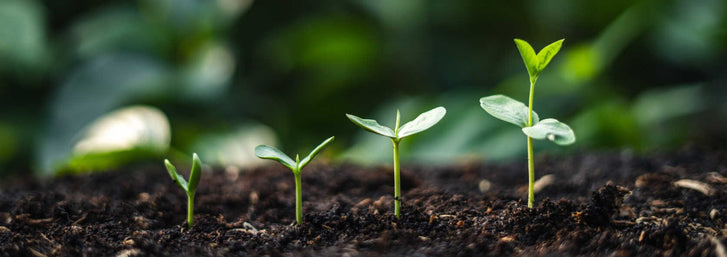
Kat Jones

“Eating with the fullest pleasure – pleasure, that is, that does not depend on ignorance – is perhaps the profoundest enactment of our connection with the world. In this pleasure we experience and celebrate our dependence and our gratitude, for we are living from mystery, from creatures we did not make and powers we cannot comprehend.” --Wendell Berry
Compared to other countries, the United States has a rather utilitarian food culture; not necessarily in a good way. Here in the U.S., we tend to view food as fuel; a means to an end rather than a process. We want more of everything, even if it means lowering our standards for quality and ethics. We want to be separate from the process of how our food, both meat and plants, are harvested and produced. We don’t want to see the dirt, blood, pesticides, or sweat that is involved with getting food onto our plates. The reality is, for many in the U.S. we do not want to have an emotional connection with what we eat or who produces what we eat.
My co-worker, Jordan, and I recently had the privilege of sitting down with a person who understands the profoundly emotional aspect of food. Recently voted this year’s “Sexiest Vegan” by the vegan advocacy organization PETA, Victor Barragan talked with us about his commitment to veganism. Growing up just south of the U.S. in Mexico, Victor developed a love for the animals his family raised on their property. Victor explained to us how he saw these animals as his friends and the thought of eating them as food was problematic for him. This connection informed his process in his decision to become a vegan.
For those who are not well acquainted with veganism, it is one of many ethical food positions whereby those that adhere to it do not consume any foods (and in some cases goods or products) made from animals. This means, no meat, dairy, honey, leather, etc. Veganism occupies an interesting niche in the U.S. food system. On the one hand, its critique of industrialized animal production is relevant and accurate. Industrial meat production has contributed to water contamination, methane gas production (a greenhouse gas), antibacterial resistance, and major ethical questions regarding animal welfare.
On the other hand, its focus on non-animal foods seems to put it at odds with more traditional food cultures; Italian, Greek, French, Mexican, Polynesian etc. These cultures utilize a different emotional connection with food in that people are intimately tied with the food they produce, harvest, and prepare—often including local meats, cheeses, and seafood. Meals are eaten over a long period of time, with family and friends, and there is a greater emphasis on quality over quantity. Ingredients are sourced based on seasonal availability and geographic proximity.
Interestingly, Victor’s approach to veganism is one that utilizes both aspects of the emotional nature of food: he employs an ethical lens to what he eats as well as designing recipes that draw on a sense of cultural place. Victor described his relationship with traditional Mexican recipes: “Because most of the recipes have beans and rice and vegetables in them, they are easy to make vegan.” These recipes maintain the connection to distinct food cultures while choosing vegan based ingredients. Victor has several videos online demonstrating his vegan cooking ideas while communicating in Spanish, English and Sign language! Check out his YouTube page to learn more.
Regardless of whether or not one consumes animal products, one of the first steps toward crafting and promoting sustainable food systems is reclaiming the emotional aspect of food and eating. Feeling connected to what we are eating and who grew or raised our food places us in a community rather than an isolated consumer. When we realize our intimate place in the food equation, we start to see food as more than just a means to an end.
Leave a comment
Your email address will not be published. Required fields are marked *
0 Comments
No Comments yet! Be the first to start a conversation
Further Reading

Reviewing the Aquatree Garden: A True Leaf Market Experience
The AquaTree Garden is an innovative growing experience! This nifty appliance allows you to grow leafy greens, microgreens, herbs, large sprouts, and vegetable starts (like tomatoes) all at once! When it comes to indoor gardening, there is no question ...

Ashleigh Smith
2024-04-225 min read1
Parasitoid Wasps: A Beneficial Insect in the Garden
Written By Lara Wadsworth There are estimated to be around one million different species of parasitic wasps worldwide. In fact, most wasps are parasitic, which means they live on or in a host at the host's expense. For common garden pests like aphids, ...

Ashleigh Smith
2024-04-226 min read0
Succession Planting: The Key to a Continual Harvest
Do you find yourself harvesting large amounts of any given vegetable from your garden all at once? There is a solution! The practice of succession planting, or planting in segments over a period of time, allows you to harvest root vegetables, leafy gre...

Ashleigh Smith
2024-04-223 min read2
10 Natives of the Southwest USA for Pest Control
Written By Lara Wadsworth The Southwestern United States is a region incredibly unique to the rest of the country. The hot, dry weather can be challenging for plants and animals to thrive without additional help. That is why gardening with natives can ...

Ashleigh Smith
2024-04-157 min read0



